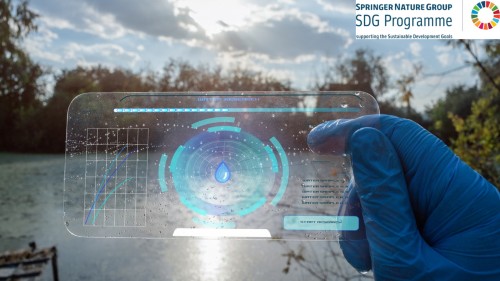Applications of Artificial Intelligence to Integrated Water Resources ManagementApplications of Artificial Intelligence to Integrated Water Reso...
Published on by Water Network Research, Official research team of The Water Network

Applications of Artificial Intelligence to Integrated Water Resources Management
Submission status
Open
Submission deadline
31 December 2024
Integrated water resources management (IWRM) has been experiencing growing challenges on water accessibility, water quality, water availability, and water governance, particularly associated with natural hazards (flood and drought) in a warming world. Artificial Intelligence (AI) and soft computing (SC) techniques, coupled with cloud-based Internet of Things (IoT) frameworks, present promising solutions to these challenges.
Recent studies have underscored the pivotality of AI potentials to enhance accessibility monitoring of safe drinking water and sanitation, optimize processes of water and wastewater treatment, predict malfunctions of water supply and distribution, and oversee implementation of water policies and regulations, more effectively and efficiently. Leveraging AI therefore facilitates the development of IWRM-centric smart water systems (SWSs), at the core that curbing water risk through the delivery of sustainable water security.
This Collection aims to explore transformative potentials of AI applications, addressing how those technologies revolutionize SWSs to empower IWRM practices for enabling and accelerating the progress towards the achievement of Sustainable Development Goal 6 (Water) and beyond. We welcome Original Research articles as well as Reviews and Perspectives to contribute to the following AI-application topics that include, but are not limited to:
Assessing and predicting water quality, e.g., blue, green, and grey water, surface water and groundwater, especially investigating the impacts of emerging contaminants;
Modeling physicochemical or microbiological parameters;
SWS designs for safe drinking water and sanitation monitoring, water recycling, water reuse, irrigation, or desalination;
IWRM case studies, with a strong focus on high spatiotemporal resolution or policymaking.
Attached link
https://www.nature.com/collections/ehjeeegdgbTaxonomy
- AI
- artificial intelligence
- Integrated Water Resources Management (IWRM)
- AI Soil Testing